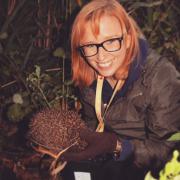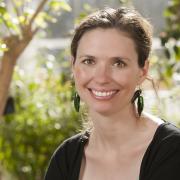There are various motivations to involve audiences in the co-curation and co-creation of exhibitions and activities, such as encouraging ownership, harnessing different perspectives, establishing relevance and fostering longer term relationships. This process of user involvement is increasingly becoming an expected practice, both by institutional leadership and from external parties such as funders, politicians and audiences themselves.
However, does user engagement really establish us as being more significant to our communities and citizens? Or do we dilute our own basis for existence if we choose to blindly follow ‘the needs of our users’? Shouldn’t our institutions plan and create using our specific expertise, which should not be swayed by trends and smart ideas?
During this session, we will explore the role of audience engagement in the development of activity in a range of science institutions, from zoos to science centres to museums, and the effect this process has on staff working practice and visitor experiences. We will encourage discussion on the value, real or perceived, of audience contribution.




